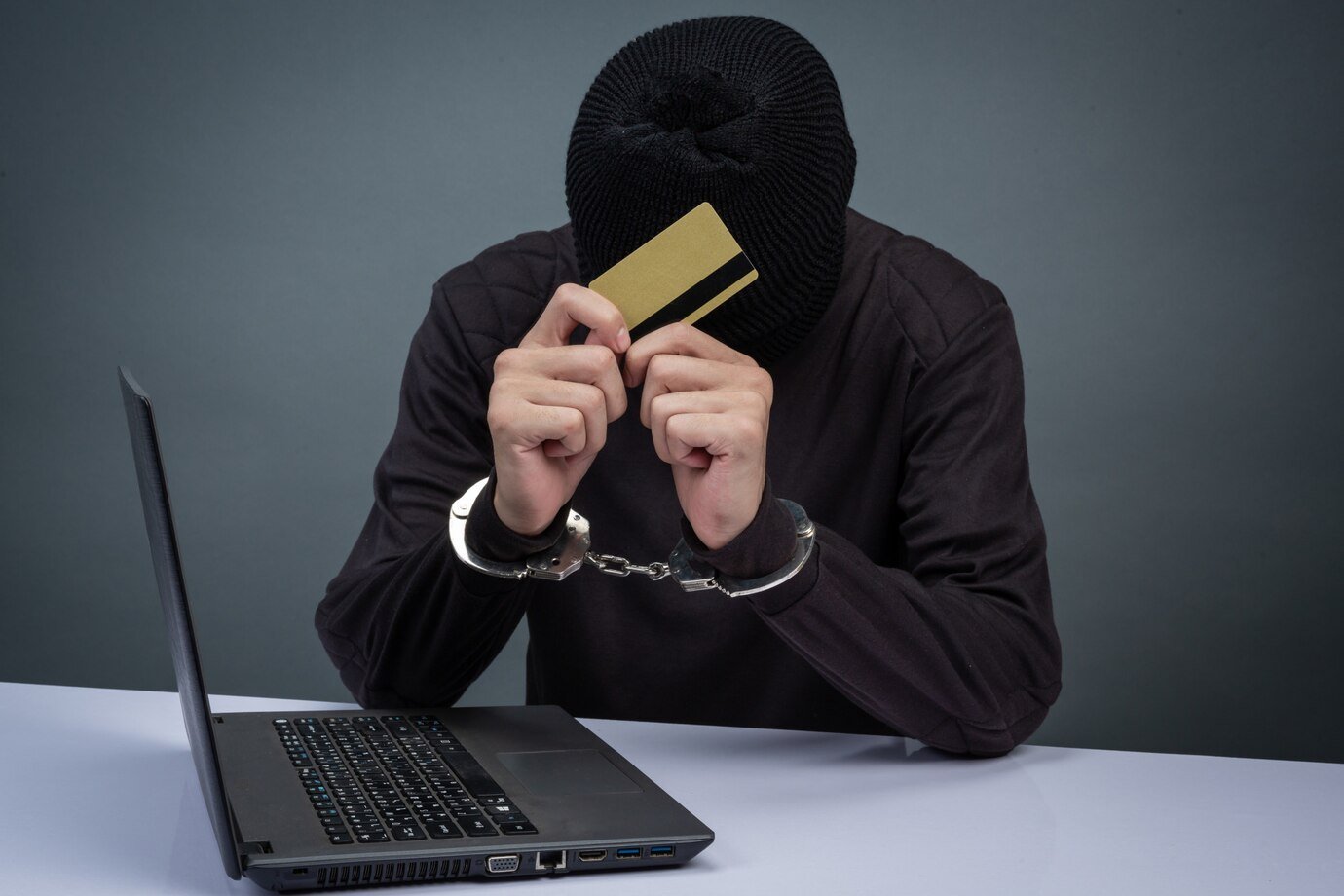Physical Address
304 North Cardinal St.
Dorchester Center, MA 02124
Physical Address
304 North Cardinal St.
Dorchester Center, MA 02124

The world of online trading has opened up immense opportunities for investors, but it has also given rise to sophisticated scams. One of the most dangerous threats is the rise of fake brokerages that target unsuspecting traders, often leading to identity theft. These fraudulent platforms not only steal your money but also compromise your personal information, which can be used for further illegal activities. This blog will explore how fake brokerages operate, the link between fake brokers and identity theft, and what you need to know to protect yourself.
Fake brokerages are fraudulent online platforms that pose as legitimate financial services providers. They lure in potential investors by offering attractive features such as low fees, high returns, and easy withdrawals. Once you deposit your funds, these brokers either make it impossible to withdraw your money or vanish entirely.
While losing your money to a fake brokerage is devastating, the situation can become much worse when these platforms also steal your personal information, leading to identity theft.
Identity theft occurs when a fraudster obtains your personal information—such as your name, Social Security number, or bank account details—and uses it without your permission. Many fake brokerages are not just after your initial deposit; they are also seeking sensitive information that can be used for further crimes.
Here’s how fake brokerages and identity theft are connected:
Fake brokers often ask for excessive personal details during the account creation process. They might request sensitive information like your passport details, driver’s license, and even bank account numbers under the guise of complying with “Know Your Customer” (KYC) regulations. Once obtained, this information can be used to commit identity theft.
Some fake brokerages are fronts for more sophisticated criminal operations. After obtaining your personal information, they may sell it on the dark web or use it to hack into your accounts. In some cases, these platforms may suffer “data breaches” that are actually staged to steal sensitive customer data.
Many scam brokers ask for verification documents to “secure” your account. They request scans of your ID, bank statements, or utility bills, all of which can be used to steal your identity. Unsuspecting traders often comply, believing these requests are legitimate.
If you’ve shared your banking details or credit card information with a fake brokerage, you might notice unauthorized transactions. Scammers can use this information to drain your account or make fraudulent purchases under your name.
Recognizing the signs of a fake brokerage can help you avoid falling victim to these scams. Here are some red flags:
A legitimate broker will always be regulated by a recognized financial authority, such as the Financial Conduct Authority (FCA), Australian Securities and Investments Commission (ASIC), or the Cyprus Securities and Exchange Commission (CySEC). Fake brokerages either operate without regulation or provide false claims about their regulatory status.
Scammers know that traders are often attracted to the promise of high returns with minimal risk. If a broker guarantees profits, offers huge bonuses for referrals, or claims you’ll make money with little effort, it’s likely a scam.
One of the most common tactics used by fake brokerages is making it difficult or impossible to withdraw funds. They may impose arbitrary withdrawal fees, lengthy waiting periods, or outright refuse your request to withdraw.
Fake brokers often use aggressive marketing tactics, such as unsolicited phone calls, emails, or social media messages, to lure in traders. If you receive a cold call from someone urging you to invest immediately, it’s a major red flag.
Fake brokerages often have poorly designed websites with generic content, broken links, or spelling errors. Their customer support is usually unresponsive, or they only provide limited ways to contact them, such as through an online form or a single email address.
To safeguard your personal information from fake brokerages, follow these steps:
Before you even consider opening an account, verify the broker’s regulatory status with an official financial authority. Check if the license number provided by the broker matches the records on the regulatory authority’s website.
Use a unique password for every financial account, including your brokerage account. A strong password should include a mix of uppercase and lowercase letters, numbers, and special characters. Consider using a password manager to keep track of your passwords securely.
Only share essential information with brokers. If they ask for documents or details that seem unnecessary, such as multiple forms of ID or excessive personal data, proceed with caution.
Regularly check your bank accounts and credit card statements for unauthorized transactions. If you notice any suspicious activity, report it immediately to your bank or financial institution.
If available, enable two-factor authentication (2FA) on your brokerage account. This adds an extra layer of security by requiring a second form of verification, such as a code sent to your phone, before logging in.
If you suspect that you’ve been scammed by a fake brokerage and your identity has been stolen, take immediate action:
Fake brokerages are a serious threat to both your finances and your personal identity. By recognizing the red flags and taking proactive measures, you can protect yourself from falling victim to these scams. Always verify the legitimacy of a broker, limit the personal information you share, and be vigilant in monitoring your accounts. Awareness is your best defense against identity theft and financial fraud. Stay informed, and trade safely!